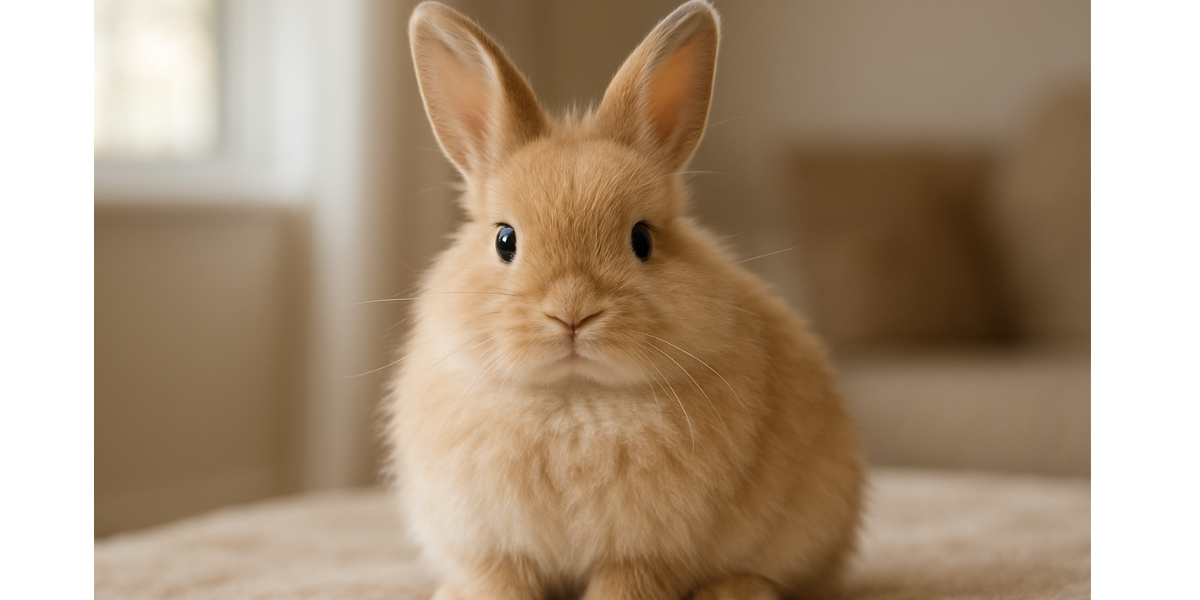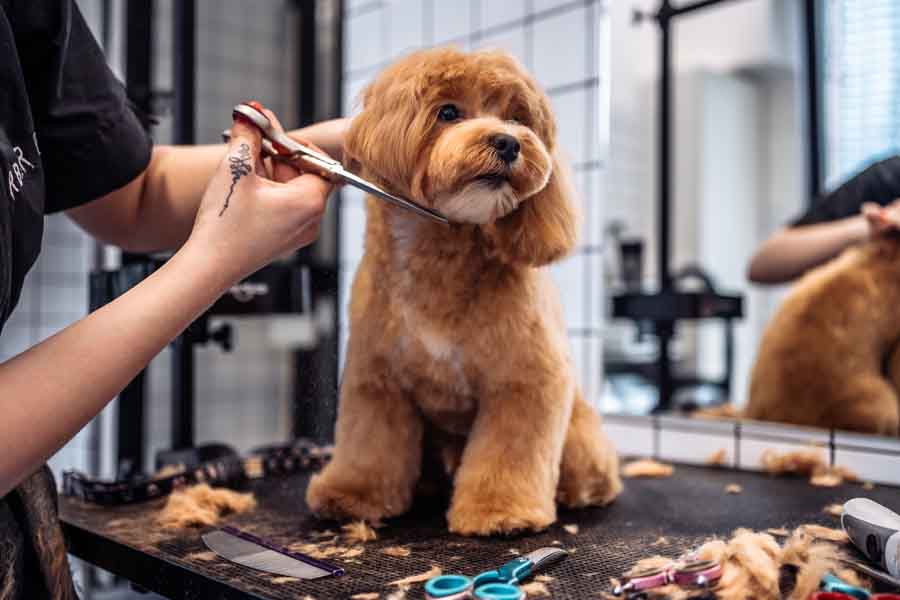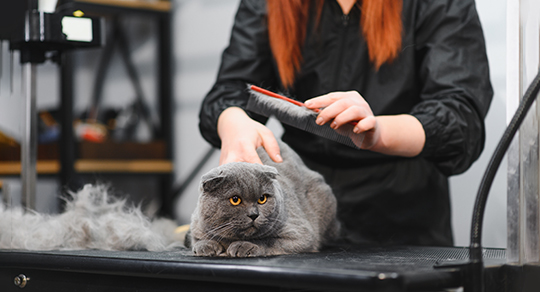
If you’re a rabbit parent, you already know the deal: those fluffy ears and twitchy noses come with a fair amount of upkeep. And while rabbits are fantastic at self-grooming, they can not do everything themselves-especially when it comes to things like nail trims, mat prevention, and, let’s be real, checking that their back end is squeaky clean.
That’s where a monthly grooming checklist comes in. Think of it as your bunny’s spa day, but with fewer cucumbers on the eyes and more fur management.
Why a Monthly Checklist Matters
Unlike dogs and cats, rabbits do not bark or meow when something’s wrong. They are prey animals, so they hide discomfort like seasoned poker players. Grooming isn’t just about keeping them pretty; it’s about catching health issues before they escalate.
Veterinarian Dr. Frances Harcourt-Brown (a well-known rabbit care expert) often emphasizes that grooming time is an opportunity to check for skin conditions, parasites, and dental issues. In other words, grooming is early detection disguised as fur fluffing.
And yes, your rabbit might thump in protest, but it’s worth it.
What to Include in Your Monthly Checklist
Here’s a breakdown of what you should actually do when it’s “grooming day.”
1. Brushing Session
Rabbits shed in cycles (sometimes dramatically-Reddit’s r/rabbits is full of owners showing “bunny floofs” the size of small pillows). Brushing once or twice a week is ideal, but at least once a month you should go all in:
- Remove loose fur to prevent hairballs (yes, rabbits can get dangerous GI stasis from swallowing too much).
- Pay extra attention during molting season—your couch will thank you.
Tool tip: A slicker brush or grooming glove tends to work better than stiff bristles.
2. Nail Trimming
Rabbit nails grow quickly, and if you let them go too long, they can curl, snag, or even break. That’s painful for your bunny and a nightmare for you.
- Monthly trimming is usually enough, though some fast-growers need biweekly.
- Not confident? Many pet parents book a groomer or vet nurse for this.
(And yes, it’s nerve-racking the first time. Everyone on rabbit forums agrees-trimming black nails is basically like defusing a tiny, furry bomb.)
3. Ear & Eye Check
Rabbits can get wax build-up, mites, or infections that aren’t obvious at first glance. A monthly check means you’re looking for:
- Redness, swelling, or discharge.
- Excessive head shaking or scratching.
For eyes, you’re scanning for weepy corners or crust. If you see anything weird, don’t play Dr. Google-just call your vet.
4. Bottom Check (Yes, the “Butt Check”)
Not glamorous, but crucial. A dirty or matted bottom can lead to flystrike, a potentially fatal condition where flies lay eggs in soiled fur. It’s as awful as it sounds.
Every month (and more often in summer), gently lift your rabbit and make sure their underside is clean and dry. If not, spot-clean with a damp cloth.
5. Teeth & Body Condition
You can’t exactly floss your rabbit’s teeth, but you can:
- Check that they’re eating normally.
- Look for overgrown front teeth (malocclusion).
- Feel along their body for lumps, bumps, or weight changes.
Rabbits hide illness frighteningly well—so your monthly grooming session doubles as a health screening.
But What If My Rabbit Hates Grooming?
Totally normal. Rabbits are prey animals; being handled feels unnatural.
Here’s how you can make it less stressful:
- Keep sessions short (break grooming into 5–10 min bursts).
- Use treats—parsley, mint, or a tiny piece of fruit as a reward.
- Stay calm—your rabbit picks up on your vibes. If you’re nervous, they’ll be on edge too.
One rabbit owner on a UK rabbit forum put it perfectly: “You have to earn their trust every grooming session. Think of it like dating your bunny forever.”
The Bigger Picture: Grooming as Bonding
Beyond fur and nails, grooming is about connection. You’re showing your rabbit that handling isn’t always scary. Over time, they’ll start associating these sessions with care instead of stress.
And let’s face it-bunnies groom each other to show affection. So when you brush them, in their little bunny minds, you’re basically part of the warren.
Looking Forward: What Might Change?
The trend of structured rabbit grooming checklists is still pretty new compared to dogs and cats. As more rabbit owners push for better pet care standards, we might see:
- Specialized grooming salons just for small animals (already popping up in some cities).
- Smart grooming tools that track shedding patterns or nail length.
- Vet-backed grooming subscription kits with tools and tutorials.
But here’s the truth: there’s still debate in the rabbit community. Some owners think grooming is needed weekly, others swear monthly is enough. What’s clear is that grooming is no longer an “extra”-it’s part of essential rabbit care.
Final Thought
So, what should be on your rabbit’s monthly grooming checklist? Brushing, nail trims, ear/eye checks, butt checks, and a quick health scan. It may not sound glamorous, but it could literally save your rabbit’s life.
Your bunny won’t thank you with words—but they might flop dramatically on their side afterward, which is basically a rabbit’s version of, “Thanks, I feel fabulous.”
Recent Post

Top Benefits of Hiring a Mobile Rabbit Groomer in UAE

What Happens During a Professional Bird Grooming Session?

How Professional Groomers Keep Dogs Calm During Grooming


